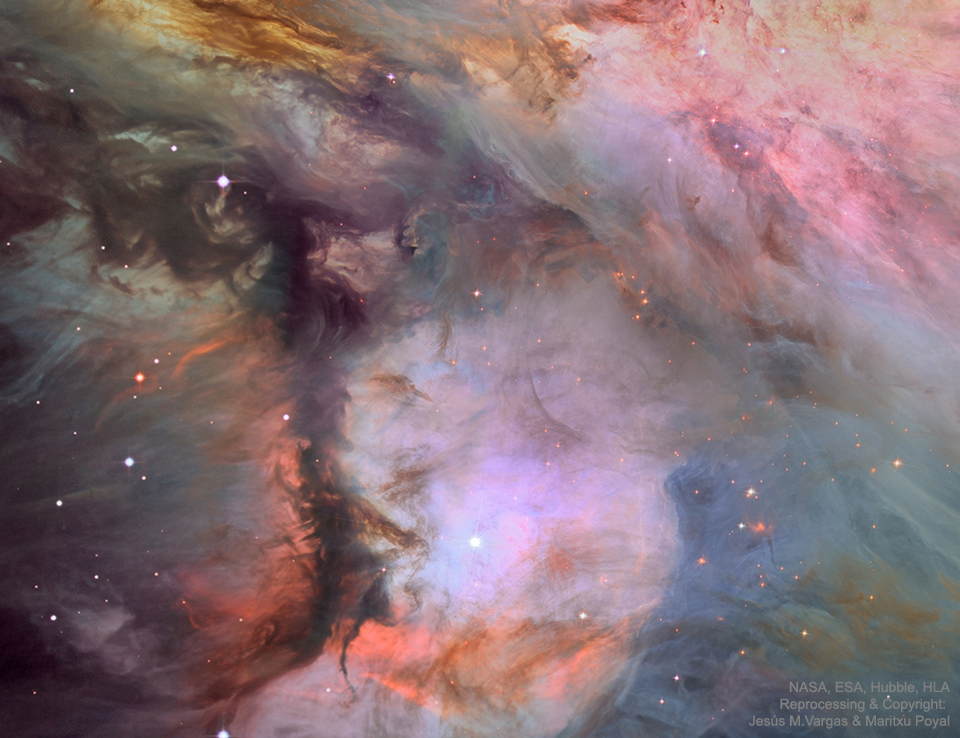more »
For the second year in a row, the Graphene Pavilion took a central role at the Mobile World Congress (MWC), the world’s largest event on mobile technology. The Pavilion was an exhibit of how graphene is changing today’s technology and what new technological experiences graphene is about to enable.
As our mobile devices become increasingly complex and start to interact with other devices and each other, the scope of what “mobile technology” is becomes very broad. Because of the trend of blurring the lines between software and hardware and the imminent rise of the internet of things (IoT), the MWC has become a showcase for many new technologies that just a few years ago would not belong to the mobile world. This year there were two pavilions: Graphene and IoT, and spaces for virtual reality/augmented reality, robotics and drones.
The Graphene Experience Zone, which is how the Graphene Flagship dubbed the Graphene Pavilion, focused on 5 key innovation areas: IoT and Sensors; Wearables and Health; Datacom; Energy; and Composites. Each of these areas showed several exemplar applications, like for example the graphene mechanical pixels as part of IoT and Sensors.

Photo: Santiago Cartamil-Bueno next to the GIMOD stand at MWC 2017.
Graphene mechanical pixels consist of a moving graphene membrane that selectively reflects a certain color depending on the position of the membrane. An array of graphene mechanical pixels makes a Graphene Interferometric MOdulator Display (GIMOD), a low-power high-resolution natural color display in which pixel color is controlled by electrostatic gating. The resolution of interferometric displays is determined by the lateral size of the pixels, which in turn is limited by the thickness of the membranes. In this context graphene is the ultimate material for this technology, because it is only one atom thick. GIMOD screens offer the possibility to go beyond state-of-the-art 8K resolution. In 8K, individual pixels are smaller than the eye can discern, allowing ultimate control of images. GIMOD was created with technology developed at TU Delft in collaboration with Graphenea.
Graphenea also had a stand at the conference where we showed our product line. The event was an opportunity to expand beyond our established partner network, to get fresh ideas by visiting the event at large, and to showcase our graphene production capabilities.

Photo: Mireia García, business developer analyst at Graphenea next to our stand at MWC 2017.
via Graphenea


